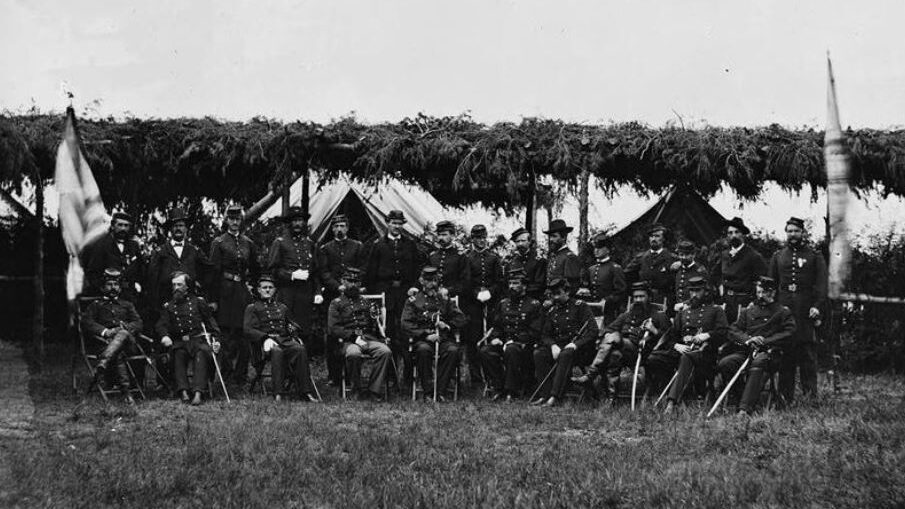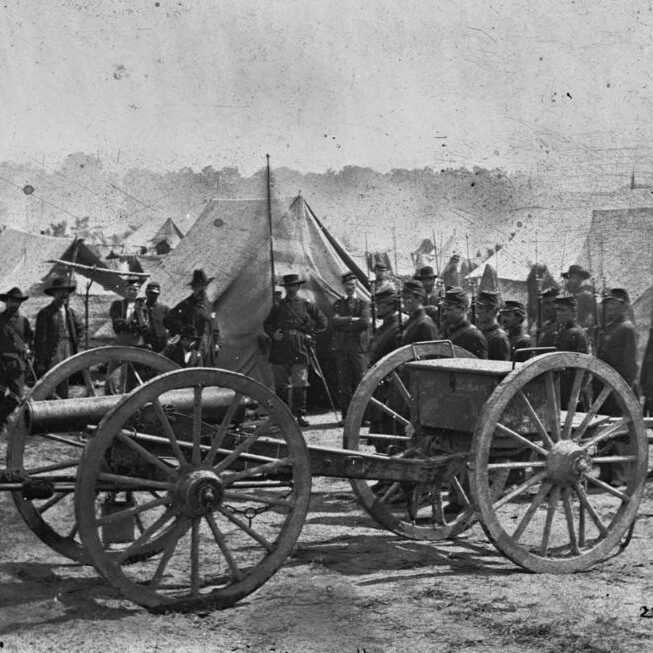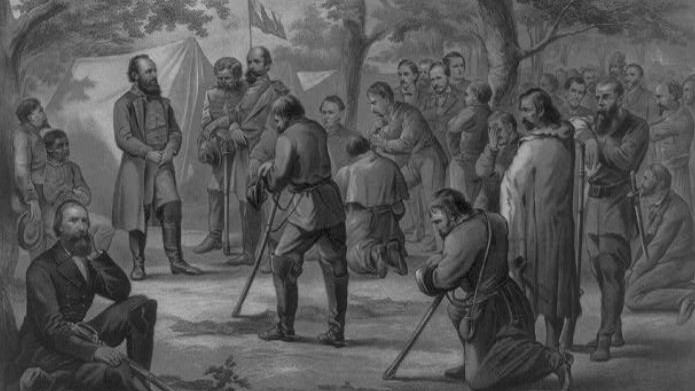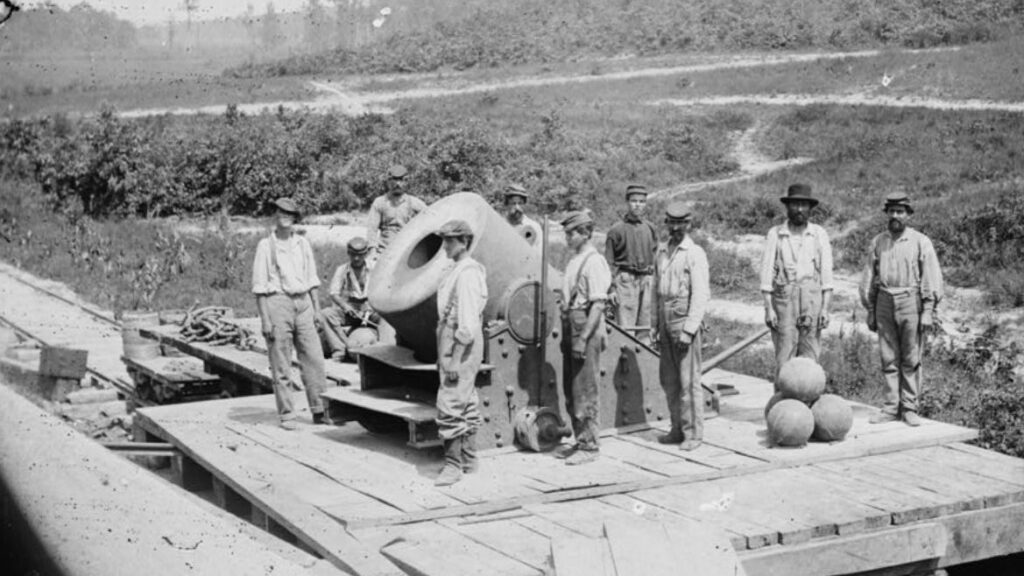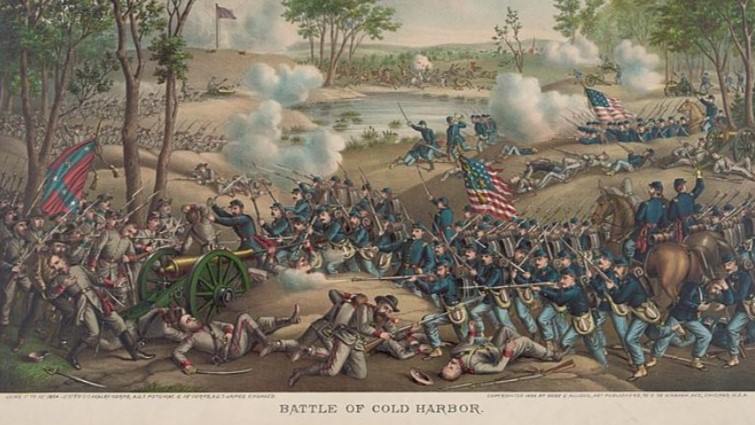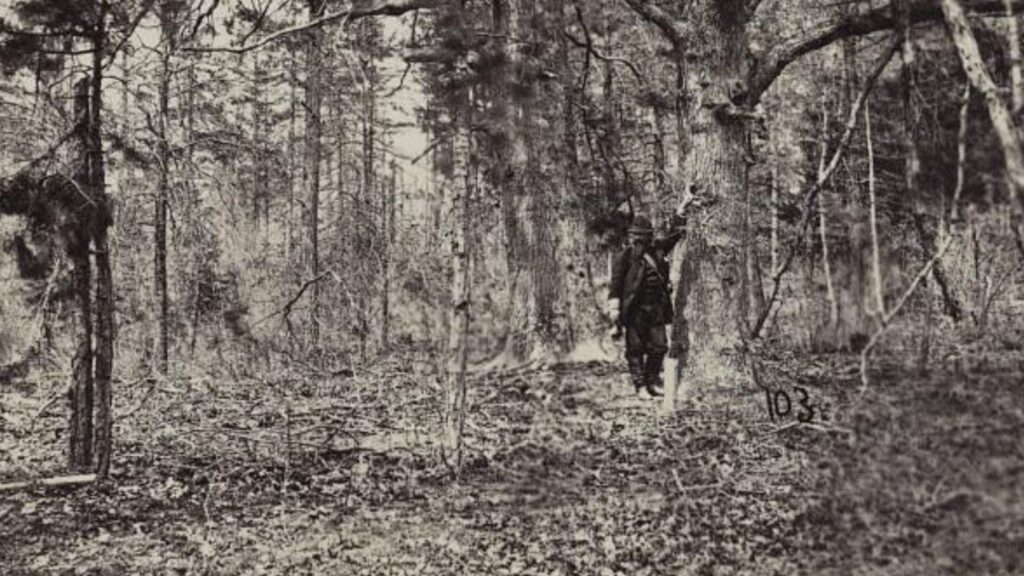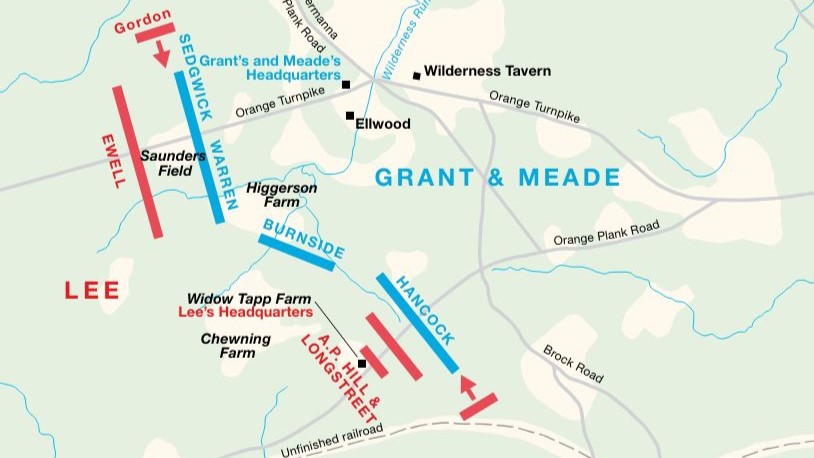General George G. Meade played a key role in the Civil War as the commander who led the Union Army of the Potomac.
He is most renowned for his victory over Robert E. Lee’s forces at the Battle of Gettysburg in 1863. This critical win turned the tide in the Eastern Theater.
However, Meade’s overall performance and abilities as a general are still debated by historians. While he achieved the war’s biggest victory at Gettysburg, General George G. Meade also faced criticism for being too cautious and missing opportunities.
His prickly personality and struggles in later campaigns have left his reputation as a mixed success compared to contemporaries like Ulysses S. Grant.
This article will explore General George G. Meade’s strengths and weaknesses.
1. Background on General George G. Meade’s Military Career
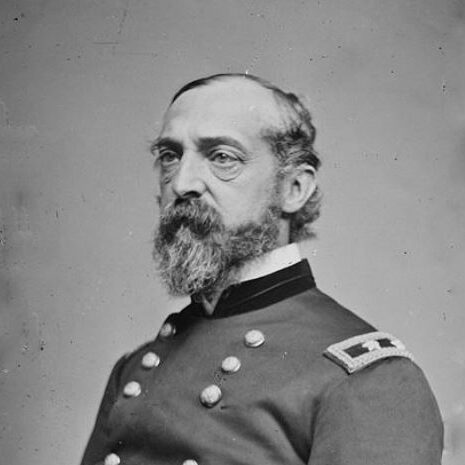
General George G. Meade graduated from the U.S. Military Academy at West Point in 1835, ranking 19th in his class.
As an engineer officer, he spent the next two decades serving in the U.S. Army Corps of Engineers, supervising coastal construction projects and surveys. His career was relatively undistinguished during this peacetime period leading up to the Civil War.
When the Civil War erupted in 1861, Meade was appointed a brigadier general of volunteers.
He initially served as a staff engineer, constructing defensive fortifications around Washington D.C and Philadelphia.
General George G. Meade got his first combat experience at the Battle of Gaines’s Mill in 1862 as a brigade commander in the Pennsylvania Reserves division.
His leadership during the Army of the Potomac’s grueling 1862 Peninsula Campaign in Virginia brought General George G. Meade broader recognition.
At Glendale, he temporarily commanded a corps and drew praise for his steadfast defensive tactics.
In 1863, Meade was promoted to command the V Corps of the Army of the Potomac just days before his breakout opportunity at Gettysburg.
While not a well-known figure prior to 1863, General George G. Meade was an experienced professional soldier who spent nearly 30 years in the pre-war army. This laid the groundwork for his famous defensive victory at Gettysburg that summer which launched him to prominence as a Union commander.
2. General George G. Meade’s Strengths as a General

General George G. Meade demonstrated several strengths and capabilities that allowed him to achieve notable successes during the Civil War. His most celebrated achievement was the decisive victory at the Battle of Gettysburg in July 1863.
Tactical Genius at Gettysburg
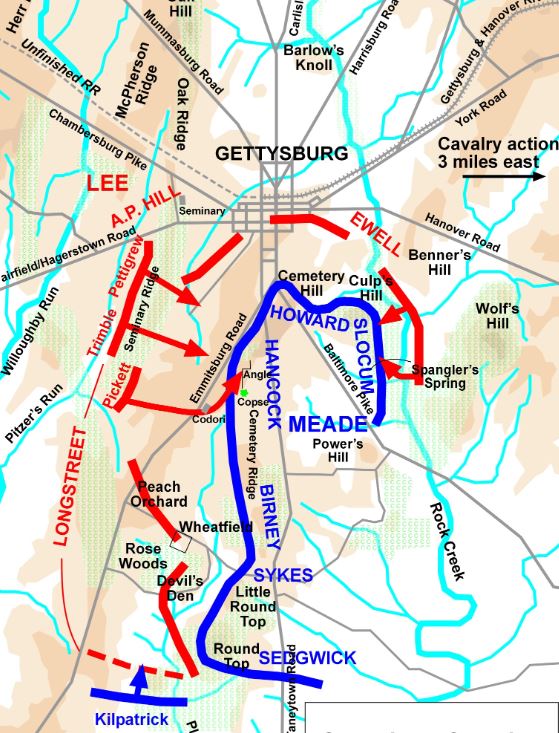
General George G. Meade’s tactical maneuvering and positioning of his troops at the Battle of Gettysburg was nothing short of masterful.
Despite only taking command of the Army of the Potomac just three days before the battle began, Meade displayed an impressive grasp of terrain and tactics. His key decisions included:
- Adeptly deploying his forces at the strong defensive position along Cemetery Ridge – This high ground provided excellent defensive cover and firing positions.
- Arranging his artillery brilliantly to blunt Pickett’s Charge on the battle’s third day. The combined artillery fire power of the Union cannons inflicted devastating losses on the uphill Confederate assault.
- Recognizing the strategic importance of sites like Little Round Top and Cemetery Hill and heavily reinforcing them with infantry under generals like Gouverneur K. Warren. Holding these positions prevented the Confederates from turning the Union flanks.
General George G. Meade’s tactical decisions maximized the defensive advantages of the terrain at Gettysburg.
His wise use of topography nullified Lee’s risky offensive maneuvers like Pickett’s Charge that could have turned the tide. Meade forced the battle into a defensive slugfest that bled Lee’s forces and led to their ultimate retreat.
This brilliant example of defensive fighting by General George G. Meade at Gettysburg blunted the Confederate invasion of the North. His tactics turned the tide not just in this pivotal battle, but arguably in the entire war in the Eastern Theater.
It was an exceptional demonstration of Meade’s skills as a tactician and leader in his first major command. His performance laid the groundwork for future Union offensives that eventually led to ultimate victory.
Restored Order to the Army
When General George G. Meade assumed command of the Army of the Potomac in June 1863, he inherited a force that was reeling from a string of demoralizing losses and setbacks under previous leaders like Ambrose Burnside and Joseph Hooker.
Morale and discipline were at a low ebb after the bloody defeats at Fredericksburg and Chancellorsville.
Meade immediately took firm steps to restore order, discipline, and fighting effectiveness:
- He reorganized the army’s corps structure and staffs, removing ineffective officers and promoting capable leaders he trusted like Winfield Scott Hancock.
- General George G. Meade re-established a strict regimen of constant drilling, training, and inspections to whip the troops back into fighting shape after a period of lax discipline.
- He sternly enforced codes of conduct, driving out corruption, cracking down on straggling and desertion, and stressing personal accountability amongst officers and men.
General George G. Meade’s no-nonsense leadership and insistence on discipline transformed the Army of the Potomac’s culture in a matter of weeks.
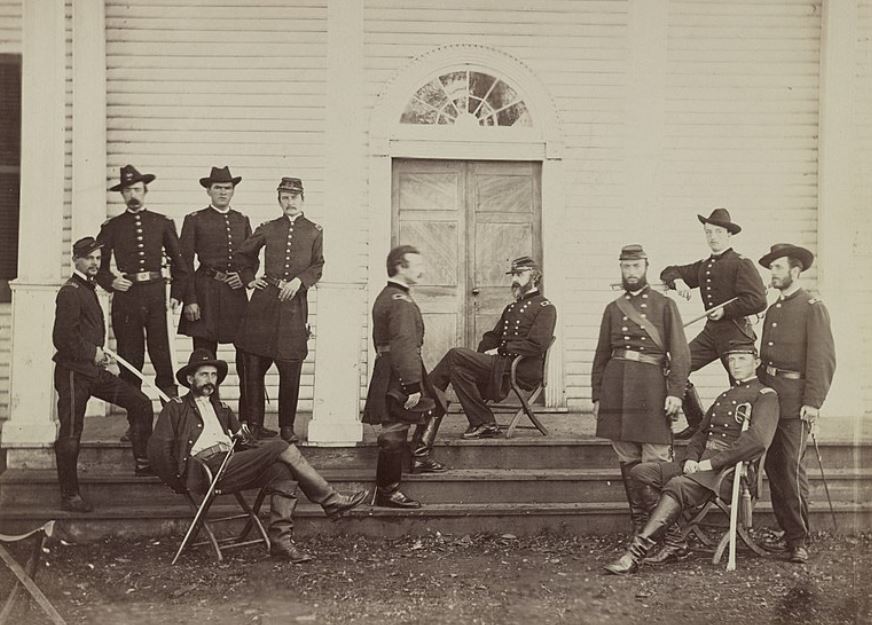
The results were striking – the once-dejected army developed an esprit de corps and fierce battlefield skills that allowed it to prevail at Gettysburg just days later.
Meade’s soldierly resolve and ability to rapidly rebuild the army’s discipline, morale and fighting effectiveness proved one of his greatest strengths as a military leader. His rebirth of the Army of the Potomac directly enabled its pivotal victory.
Solid Coordination with Grant
General George G. Meade and Ulysses S. Grant had a somewhat tense and awkward personal relationship at times. But Meade generally coordinated and executed Grant’s overall strategic plans effectively after Grant took command of all Union armies in 1864.
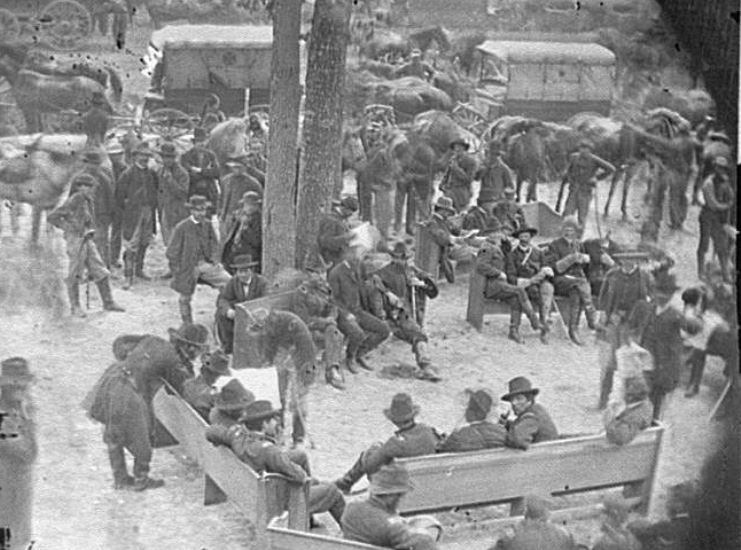
Despite any interpersonal friction, General George G. Meade put aside his pride to diligently carry out Grant’s offensive directives against Robert E. Lee’s forces.
Key examples of their strategic coordination include:
- The bloody Overland Campaign battles in Virginia like the Wilderness and Spotsylvania in 1864. Though the fights were grinding, Meade maneuvered his army effectively based on Grant’s objectives of continual pursuit.
- The subsequent siege operations around Petersburg and Richmond, where Meade’s forces severed Confederate supply lines into the cities over nine months of trench warfare based on Grant’s attritional strategy.
- In the final Appomattox Campaign in 1865, Meade skillfully redeployed his corps along roads and rail lines to cutoff and finally trap the retreating Confederates based on Grant’s precise operational plans.
Though Ulysses S. Grant, as the senior general, was making the overarching strategic decisions. But it was General George G. Meade who coordinated and directed the Army of the Potomac’s rapid movements and tactical execution of Grant’s plans on the ground.
This solid coordination between the two generals was vital to the final Union offensives that eventually led to Lee’s surrender at Appomattox Court House.
Meade’s disciplined adherence to Grant’s strategic vision, reflected his professionalism and commitment to the Union cause above all else.
Through his tactical brilliance at Gettysburg, restoring the effectiveness of the Army of the Potomac after its nadir, and his generally sound strategic coordination with Grant in 1864-65, Meade demonstrated considerable strengths and achievements as a military leader.
3. General George G. Meade’s Criticisms and Shortcomings
While General George G. Meade demonstrated considerable strengths as a military leader, he also faced significant criticism over aspects of his performance and leadership style. These shortcomings prevented him from achieving more decisive victories and stained his legacy compared to contemporaries like Grant and Sherman.
Failure to Pursue Lee After Gettysburg
Perhaps the biggest criticism leveled at Meade concerned his actions immediately after the pivotal Battle of Gettysburg.
Despite inflicting a major defeat on Lee’s Army of Northern Virginia, Meade did not vigorously pursue the battered Confederates as they retreated back into Virginia. Many observers at the time felt this was a missed opportunity:
- President Abraham Lincoln harshly criticized Meade, saying “I do not believe you appreciate the magnitude of the misfortune involved in Lee’s escape. He was within your easy grasp, and to have closed upon him would, in connection with our other late successes, have ended the war.”
However, critics point out that Meade failed to take advantage of lightly defended passes through South Mountain that could have cut off Lee’s retreat. A Union cavalry probe also revealed Lee’s army was disorganized and vulnerable as it retreated.
Critics argued that Meade’s overly cautious and conservative approach allowed Lee’s army to escape relatively unscathed after its invasion of Pennsylvania was turned back. A more aggressive pursuit could have potentially destroyed the Army of Northern Virginia as an effective fighting force in 1863.
Prickly Personality and Difficult Relationships
In addition to his tactical decisions, Meade was also criticized for his prickly personality and difficulties with interpersonal relationships. He seemed to lack the ability to inspire admiration and loyalty from many under his command:
- Meade bristled at any perceived slights on his authority and engaged in petty feuds with subordinates and reporters.
- He earned unflattering nicknames like “The Old Snapping Turtle” due to his irascible temper and outbursts.
- Junior officers frequently complained about Meade’s sarcastic and condescending attitude toward them.
Contrast this to the ability of generals like Grant and Sherman to cultivate deep reservoirs of loyalty, respect, and even admiration from their troops and subordinates. Meade’s personality shortcomings made it difficult for him to rally his Army as effectively.
Lack of Strategic Vision and Audacity
Perhaps most damningly, some argue that Meade simply lacked the brilliant strategic vision and audacious offensive spirit of men like Grant and Sherman.
While an excellent tactical commander on the battlefield, Meade did not exhibit the same bold decisiveness and aggressive drive that allowed those generals to repeatedly unhinge Confederate defenses.
Specific examples of Meade’s lack of strategic audacity include:
- After Gettysburg, declining to pursue Lee’s army into Virginia or attempt to seize Richmond could have potentially ended the war in 1863.
- At Petersburg in 1864, failing to capitalize on early breakthrough opportunities that could have captured the city and shattered Lee’s defenses much earlier.
- An over-reliance on siege tactics and trench warfare rather than riskier offensive maneuvers to try dislodging the Confederates, lengthening the fighting in Virginia.
Even as Grant continually looked for ways to unhinge the Confederates, Meade seemed more content with a war of attrition from his fortified lines rather than gambling on riskier gambits. This lack of strategic dynamism limited the extent of Meade’s achievements compared to the likes of Grant or Sherman.
While clearly a capable general and tactician who made immense contributions to the Union’s victory, especially at Gettysburg, Meade also faced valid criticisms over failures to pursue his advantage, leadership flaws, and a somewhat rigid adherence to caution and defensive mindsets strategically.
These shortcomings dampened what could have been an even more stellar overall record of achievement in the Civil War.
5. Final Thoughts: Was General George G. Meade a Good General?
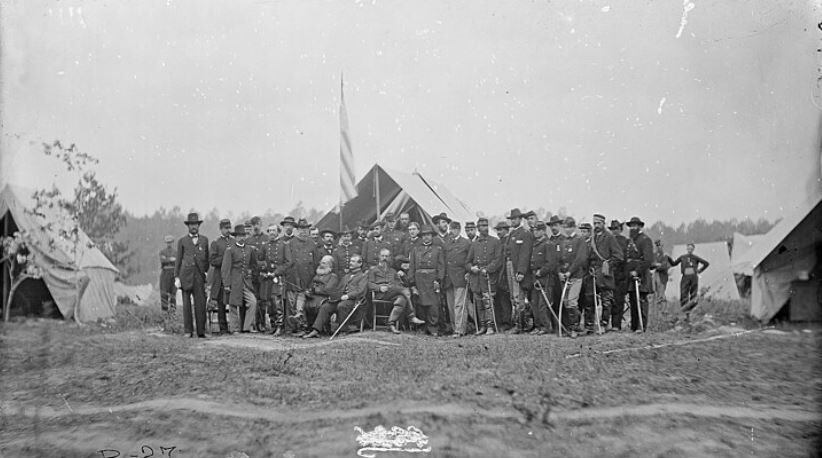
While a capable tactician who achieved the pivotal victory at Gettysburg, General George G. Meade’s overall record as a commander was a distinctly mixed bag.
His lack of aggressive pursuit after Gettysburg, difficult personality hampering leadership, and lack of strategic boldness and vision prevented Meade from joining the ranks of the Civil War’s most exalted generals.
Too often, Meade exhibited an overcautious nature and seemed wedded to a grinding strategy of attrition over decisive maneuvers. He failed to display the brilliant offensive genius of contemporaries like Grant and Sherman who repeatedly unraveled Confederate defenses. Meade’s prickly temper and struggles with interpersonal relationships also undercut his ability to inspire troops and rally subordinates.
His flaws relegate him to more of a respectable but flawed second-tier figure whose complicated legacy ensures an ongoing debate over his merits. However, Meade’s defensive competence, highlighted by Gettysburg, played a crucial role in the Union’s ultimate victory by setting the stage for more audacious generals to deliver the final blows against the Confederacy.
Further Reading
If you enjoyed this article, you may be interested to read about General George G. Meade’s role in the Union Army or other American Civil War events, such as battles in Virginia, Maryland and North Carolina or more general American history.

